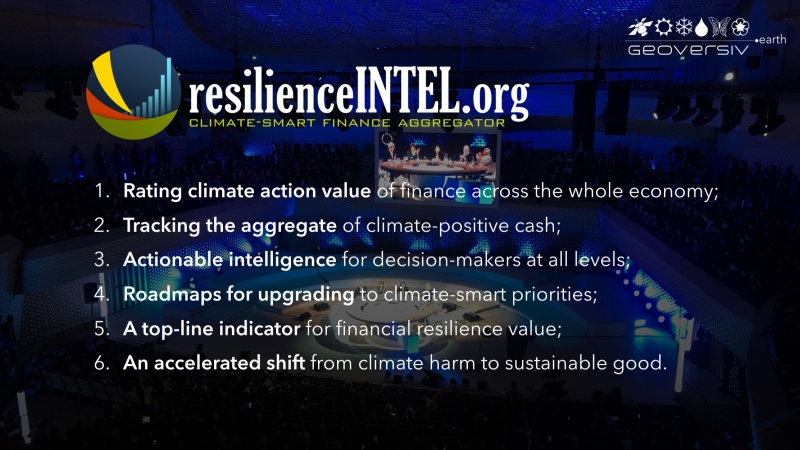Stephen Hawking was one of the great explorers in human history. He roamed the cosmos from a wheelchair and revolutionized our understanding of Nature’s most bewildering phenomena. The elder statesman of theoretical physics never stopped working, despite a 55-year struggle with the debilitating nerve disease ALS.
He died last week at the age of 76.

Despite the extreme physical limitations he faced, Stephen Hawking traveled to all 7 continents, and took at zero-gravity flight. His life story demonstrates that despite every physical impediment, the mind can engage the world, overthrow the incomplete doctrines of the past, and expand what is possible for all of us.
- Thanks to Hawking, and to the thousands of scientists who have put pieces of his work into practice, we have a more complete picture of the universe than ever before.
- Everything we discover in the realm of physics improves (directly or indirectly) our ability operate effectively at every level.
- One of the great contributions Stephen Hawking has made to the future of humanity is the simple, clear, untiring devotion to the working life of the mind, and to making the connections necessary to make that working life precise and productive.

Hawking is best known for his bestselling book A Brief History of Time, the study of black holes, and the discovery of what is now called Hawking Radiation (the charged particles that mysteriously stream from black holes, from which nothing else is able to escape). The Independent explains:
subatomic particles and their antiparticles are continually popping into existence in pairs, something permitted by the Heisenberg Uncertainty Principle…
But, as Hawking realised, near the horizon of a black hole something interesting happens. There is the possibility that one of the particles of a newly-created pair falls through the horizon into the black hole. The remaining particle has no partner to annihilate with and flies away from the hole along with countless others in the same situation. Contrary to all expectations, therefore, black holes are not totally black. They glow with emitted particles – “Hawking” radiation.
The energy to make particles of Hawking radiation comes from the gravitational energy of the black hole.
These startling breakthroughs in cosmology and the corresponding progress toward a coveted “Theory of Everything” are not his only legacy. Exploration of the far edges of our universe puts our home neighborhood in perspective. Where the Earth sits — between crowded outer bands of the Milky Way galaxy, far from its central black hole, protected by our Sun’s magnetosphere, at just the right distance from the Sun, with giant planet Jupiter able to tame rogue asteroids — all of this is part of the incredible confluence of enabling conditions that allow life as we know it to exist.

The crushing, galaxy-shaping power of black holes reminds us that delicate organic chemical interactions are our most immediate safeguard against the perils of the wider cosmos. The optimal conditions for life require a lot of competing and converging forces to achieve a delicate balance. Hawking warned us that we are putting that good fortune at risk, saying:
We are close to the tipping point where global warming becomes irreversible. [Backing out of the Paris Agreement] could push the Earth over the brink, to become like Venus, with a temperature of two hundred and fifty degrees, and raining sulphuric acid.
Science tells us clearly: everything we do matters.
The science of planetary systems is complex; we cannot assume we are any safer than Hawking’s warning. The stakes are, simply and observably, existential.
We thank Stephen Hawking for his lifetime of service to science and for the example he set of challenging established thinking, finding evidence for what is most difficult to witness or explain, and for leaving a legacy of exploration and discovery that we can all treat as a new standard.
We are explorers. We are learners. We are crew on Spaceship Earth. If we know what we are doing, we understand what it is to be engineers of a livable future.

###
Geoversiv is committed to forward-thinking operational resilience in all areas of knowledge and practice that support the expansion of human knowledge and healthy relationships with natural life-support systems. We believe it is possible for collaborative human intelligence to accelerate the pace at which climate-smart finance and practices are deployed.
The following are some of the efforts we support, in that spirit:
- The Acceleration Dialogues
- The Citizens’ Climate Engagement Network
- Citizens’ Climate Education
- The Ocean Neutrality Initiative
- Resilience Intel
- The Talanoa Dialogue


